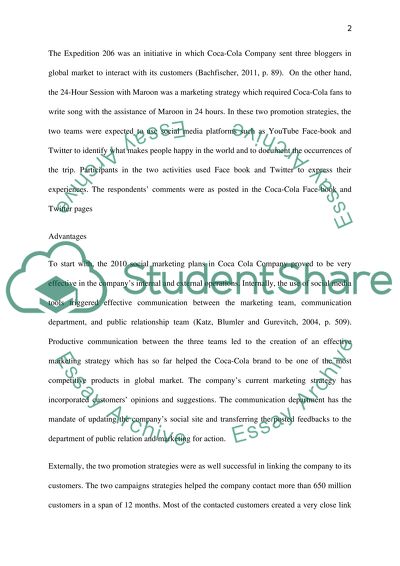Cite this document
(Social Networking Plan in the Coca-Cola Marketing Strategy Case Study, n.d.)
Social Networking Plan in the Coca-Cola Marketing Strategy Case Study. Retrieved from https://studentshare.org/marketing/1463195-social-marketing-plan
Social Networking Plan in the Coca-Cola Marketing Strategy Case Study. Retrieved from https://studentshare.org/marketing/1463195-social-marketing-plan
(Social Networking Plan in the Coca-Cola Marketing Strategy Case Study)
Social Networking Plan in the Coca-Cola Marketing Strategy Case Study. https://studentshare.org/marketing/1463195-social-marketing-plan.
Social Networking Plan in the Coca-Cola Marketing Strategy Case Study. https://studentshare.org/marketing/1463195-social-marketing-plan.
“Social Networking Plan in the Coca-Cola Marketing Strategy Case Study”, n.d. https://studentshare.org/marketing/1463195-social-marketing-plan.


